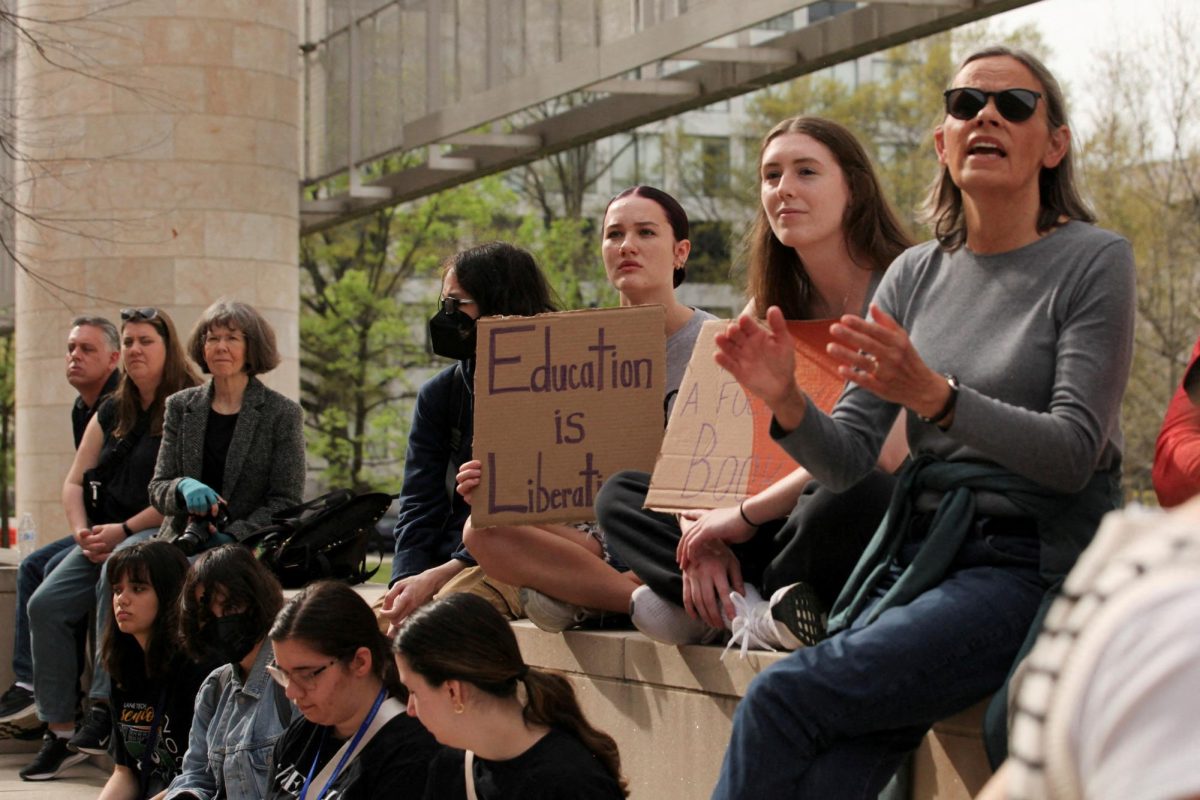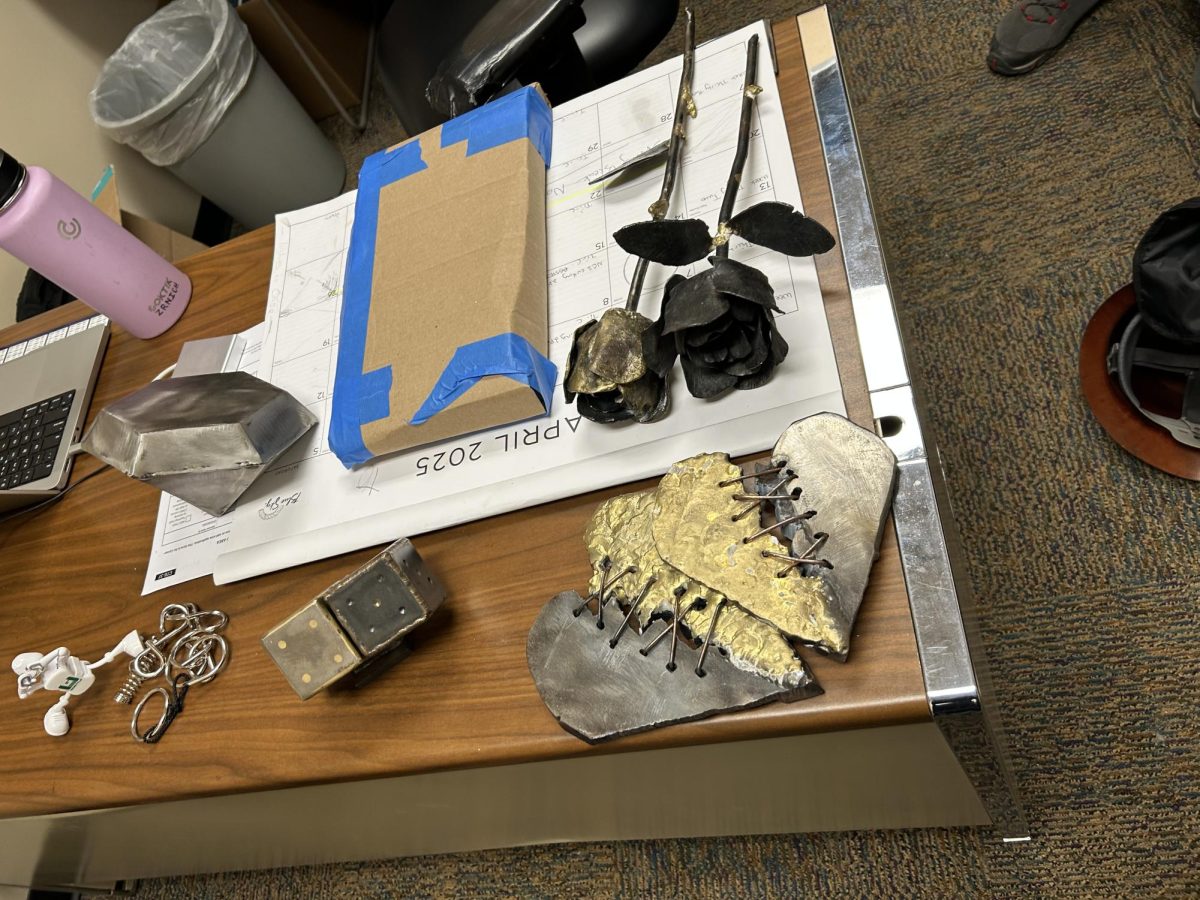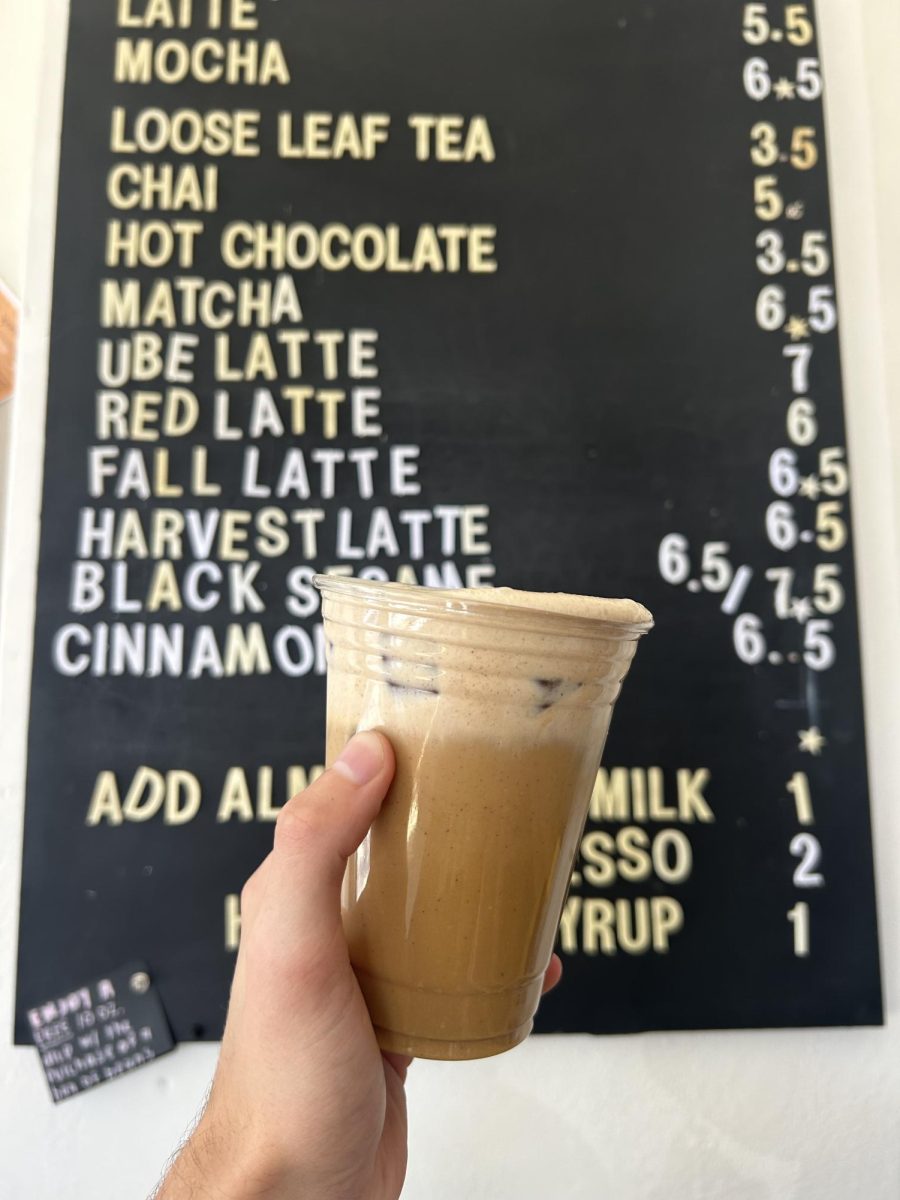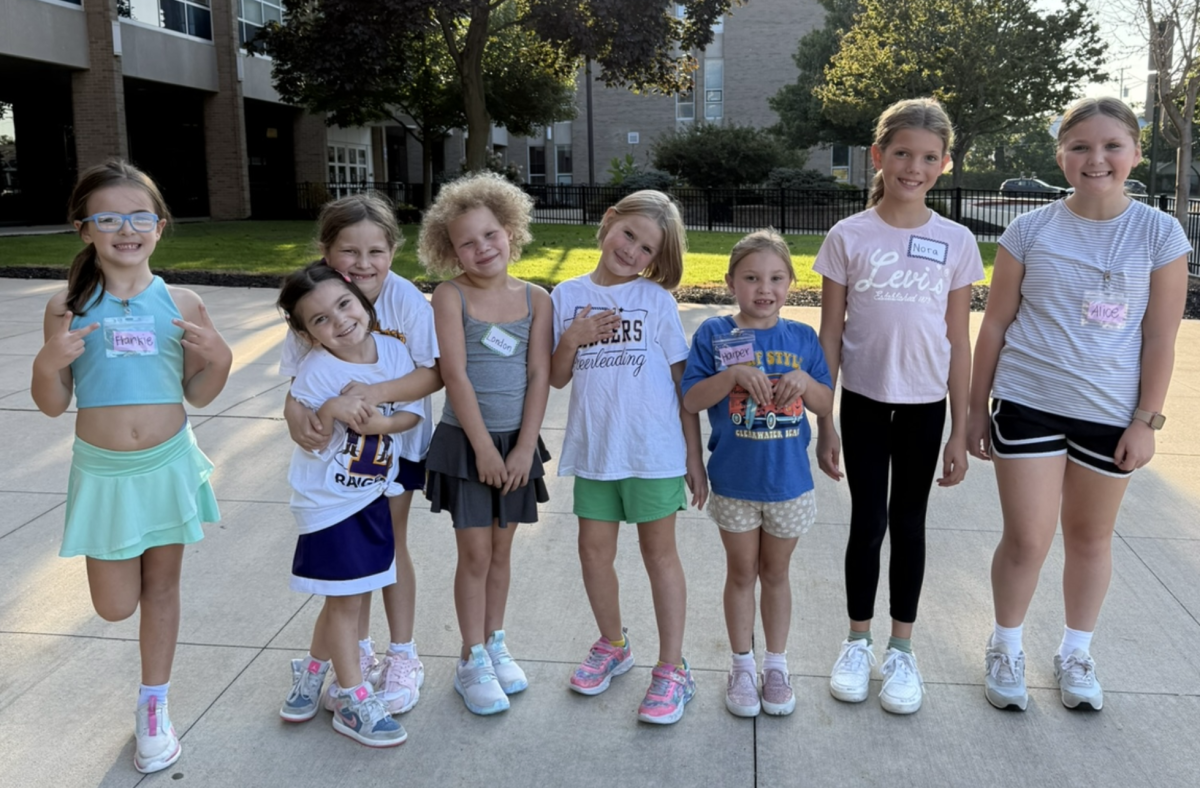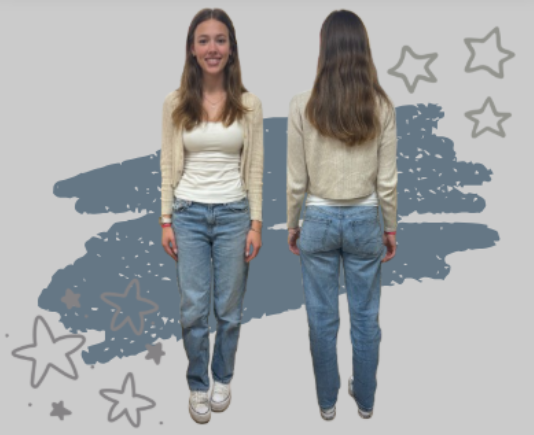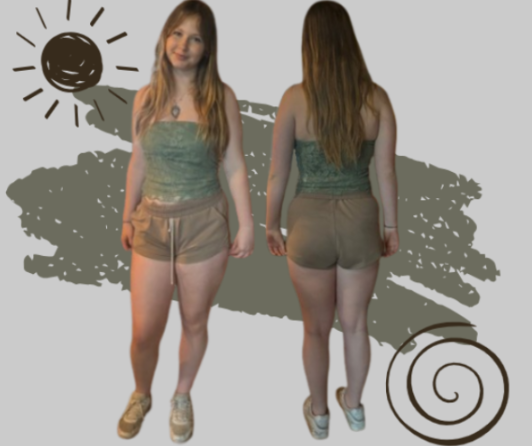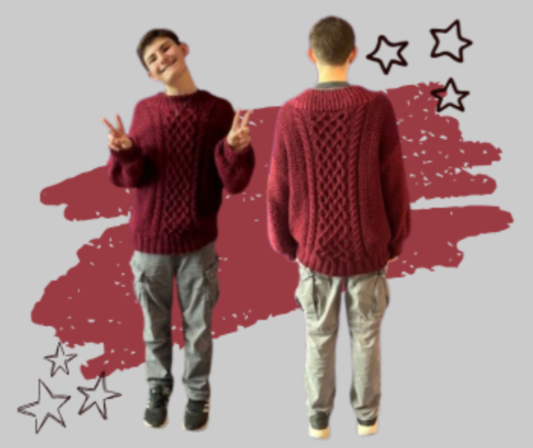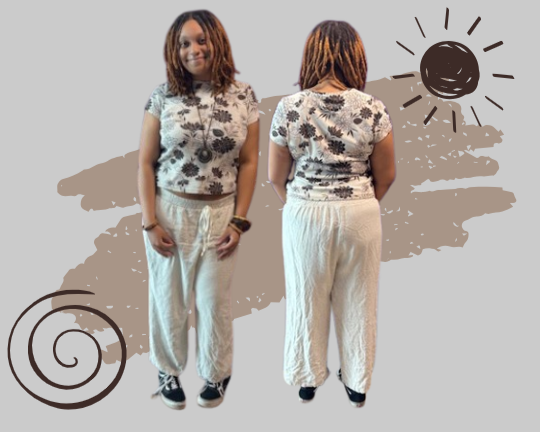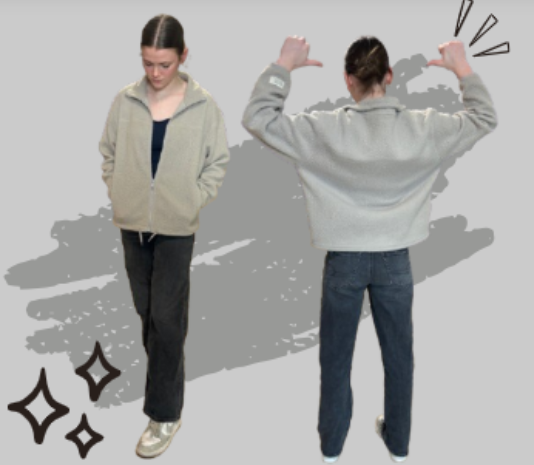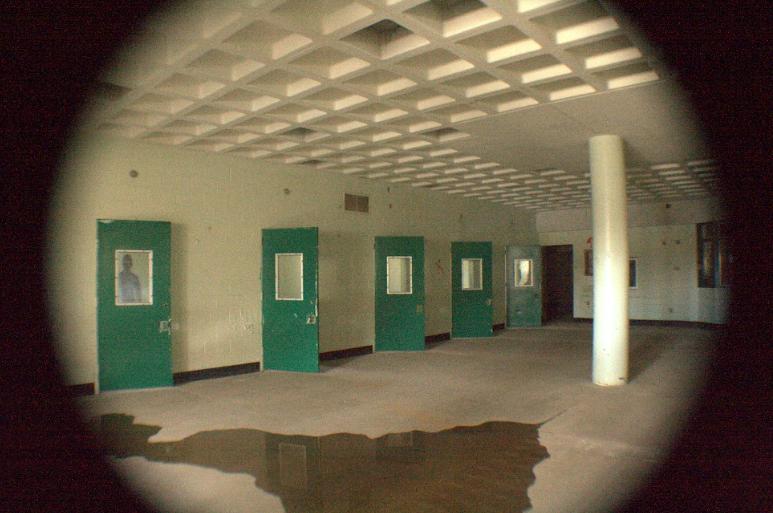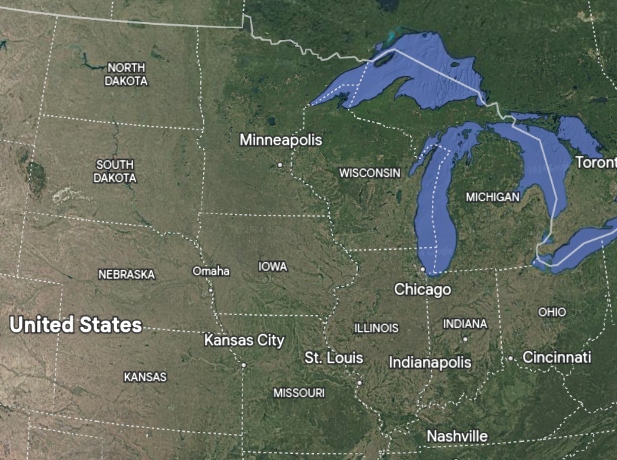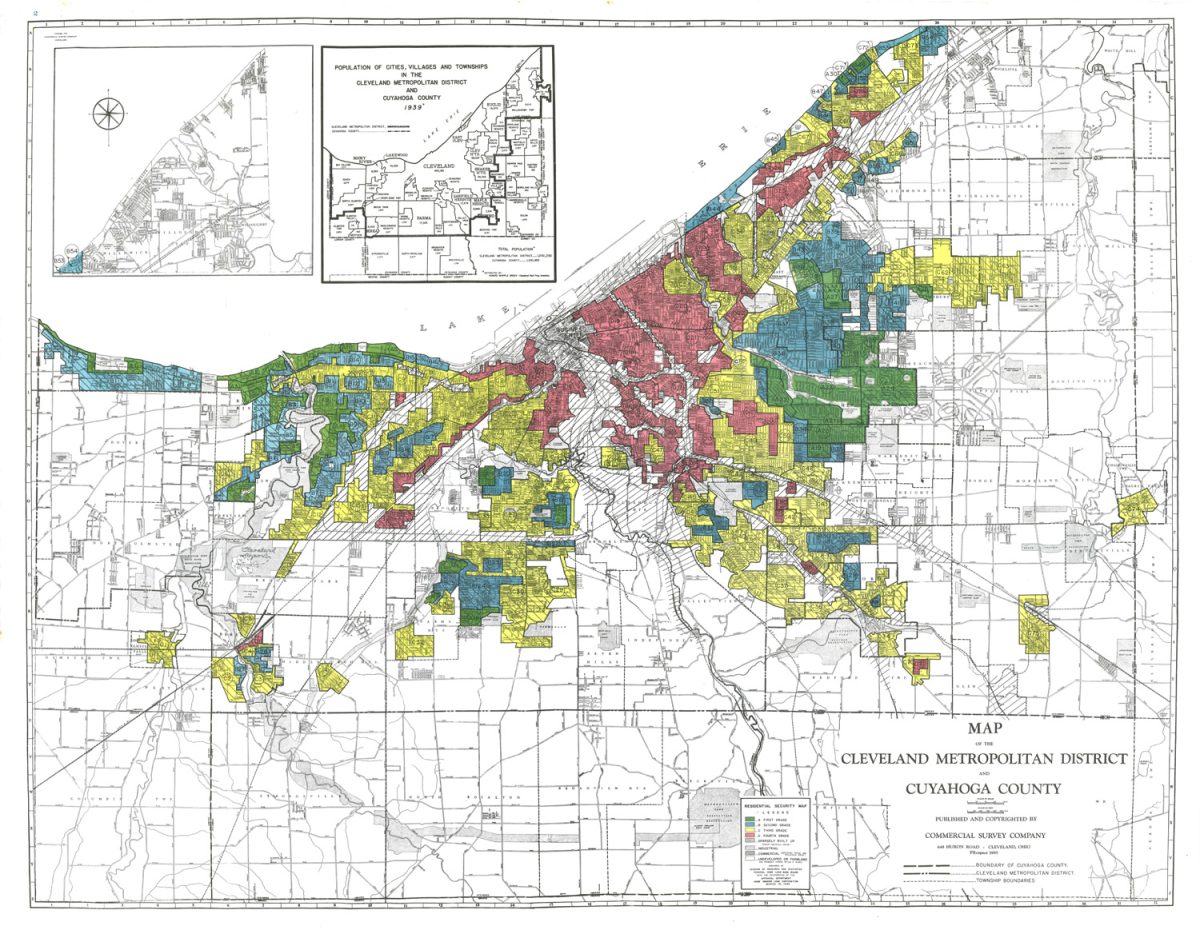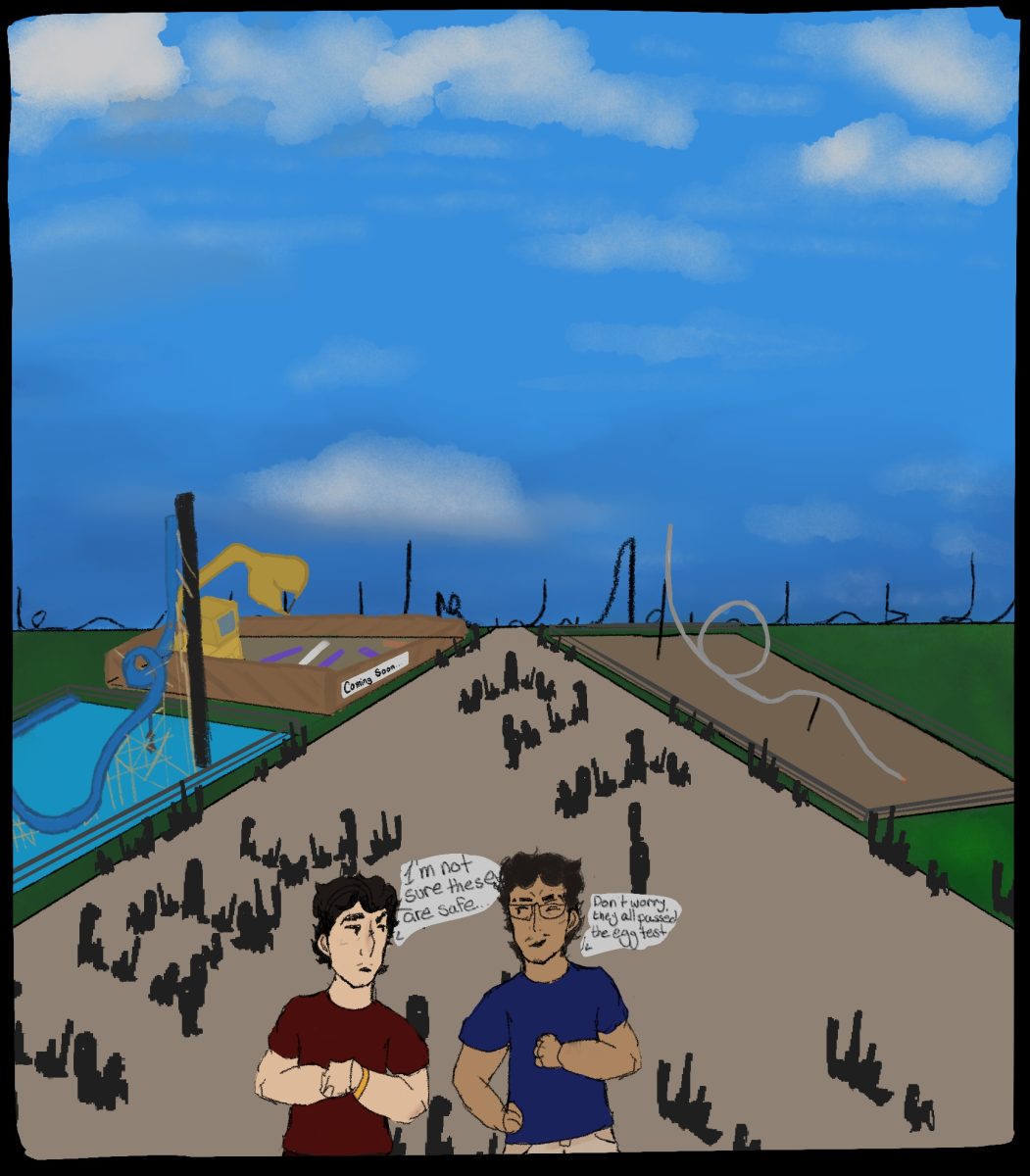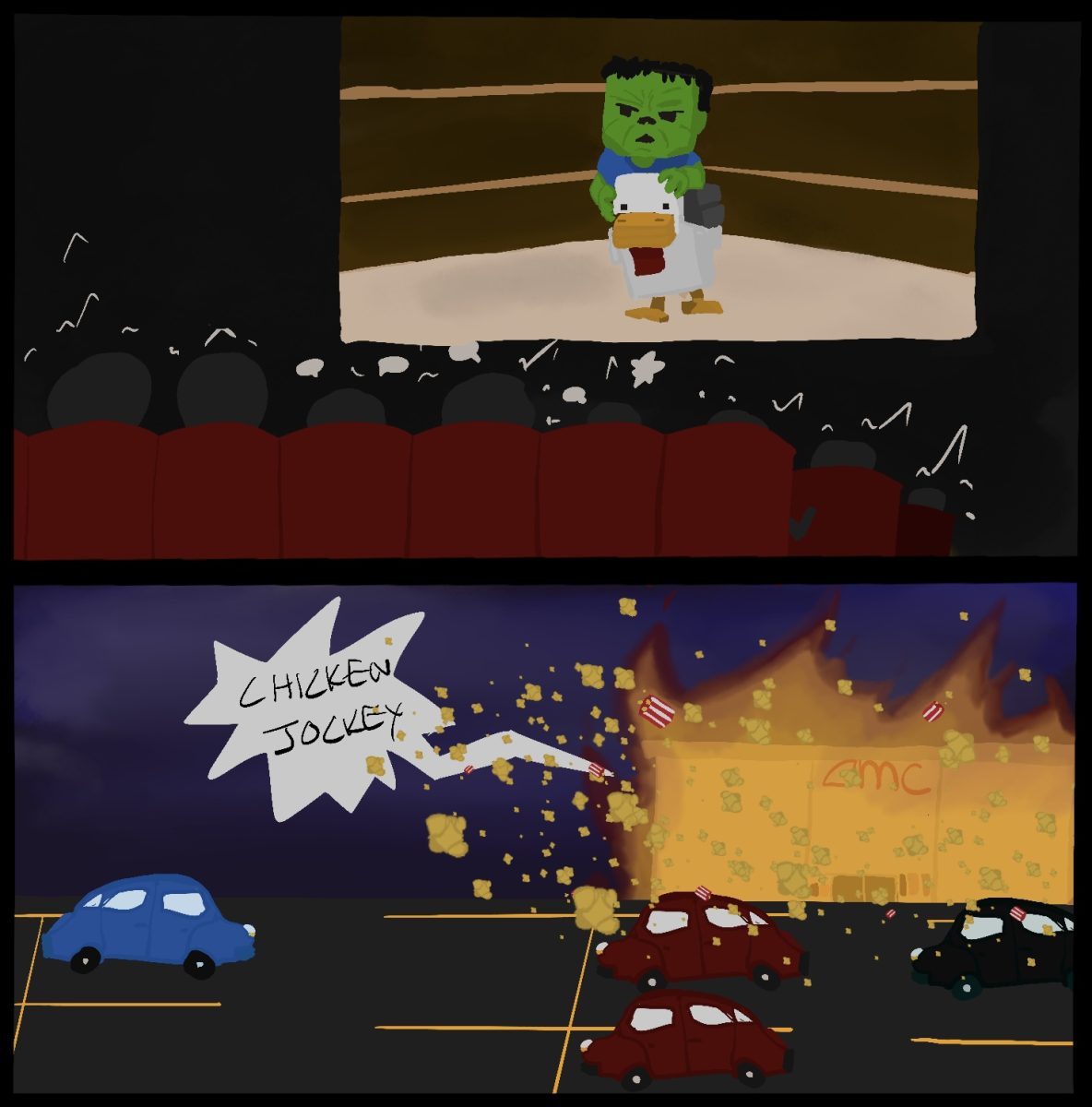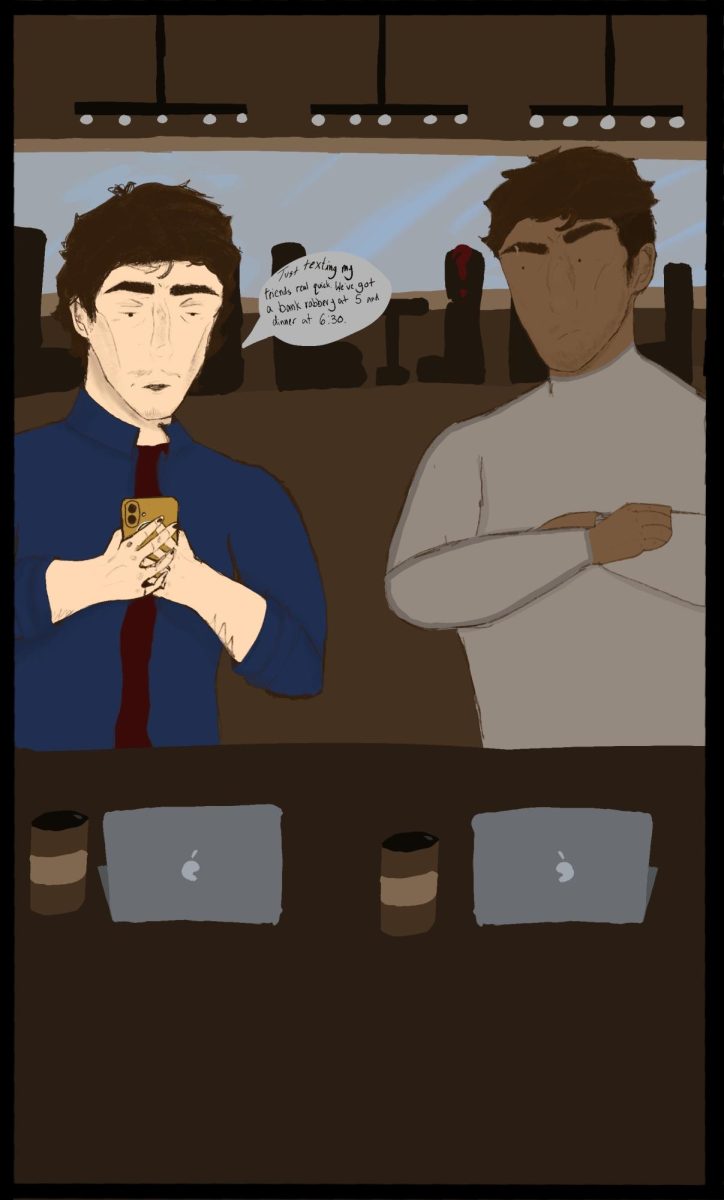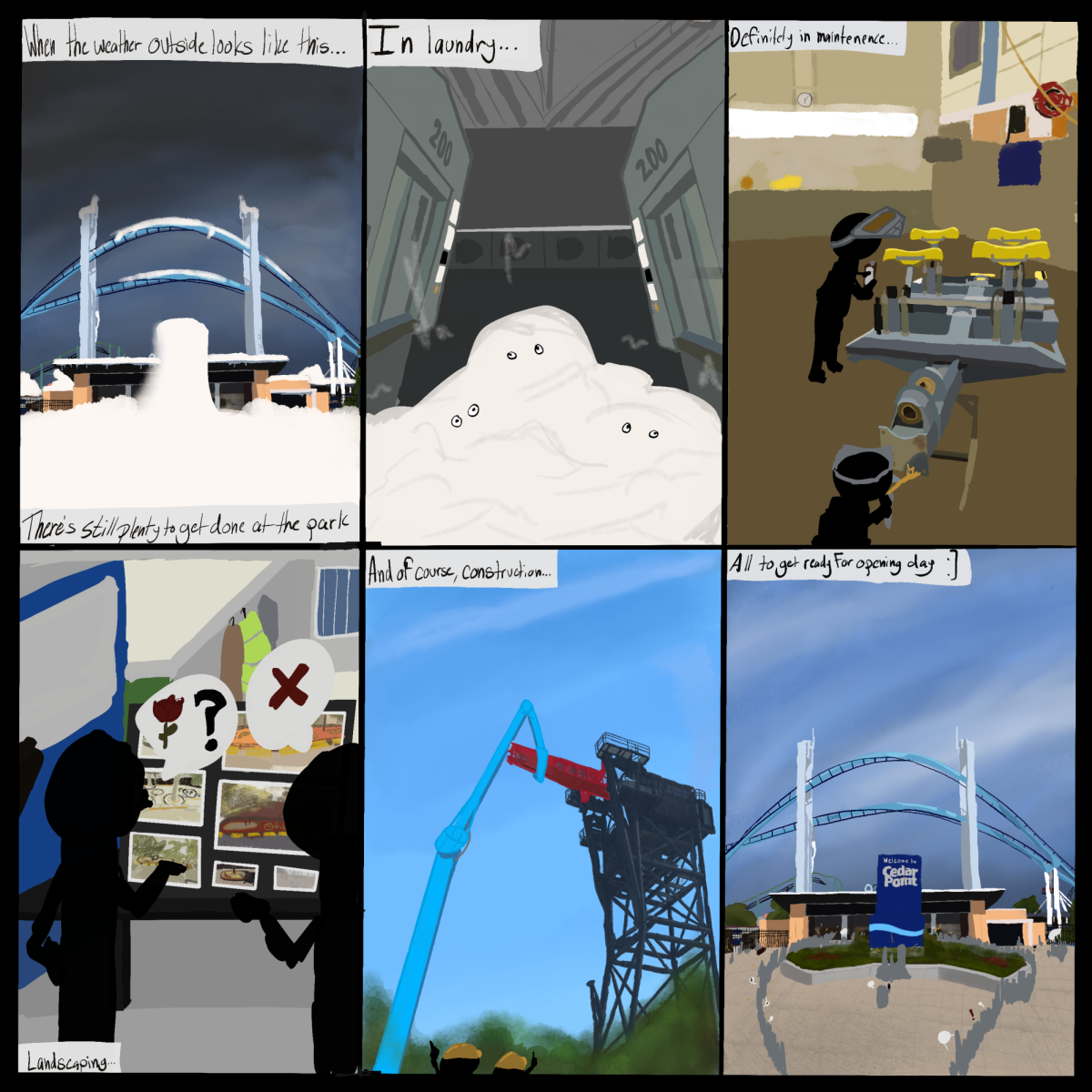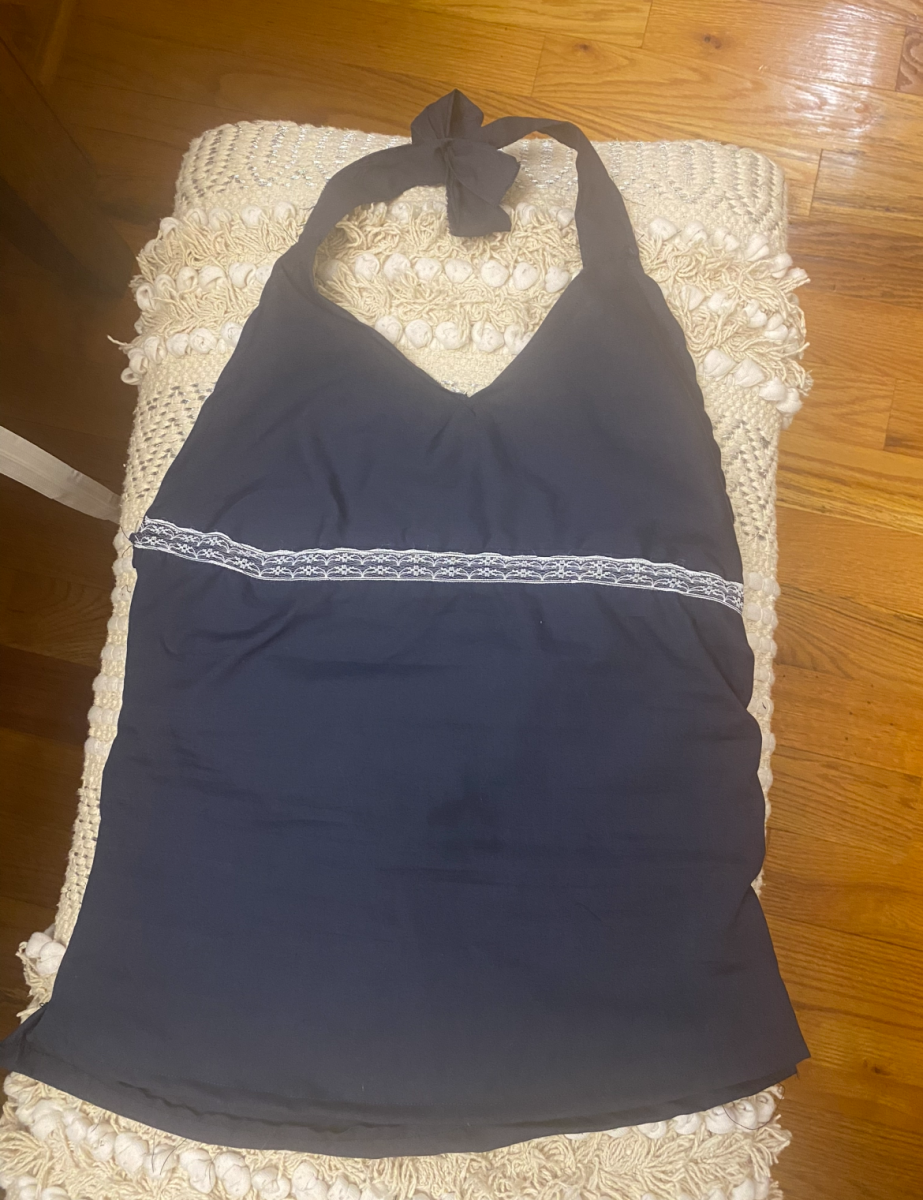Have you ever wondered where your old clothes, furniture, and waste end up? According to the Environmental Protection Agency, landfills received 11.3 million tons of MSW (Municipal Solid Waste) textiles in 2018, approximately 7.7% of total landfill waste. Time and time again, old clothes are discarded, and the environment suffers. Upcycling offers clothing a new chance through personalization and creative transformation.
Upcycling is the process of reusing old clothing or items and turning them into something new and valuable. For example, you could sew an old oversized shirt into an elegant dress or use an old desk to make a unique nightstand. This simple action can quickly become a relaxing hobby, making a meaningful impact on the environment and overall creativity.
High school senior Brianna Lehman understands the influence upcycling causes, and she practices reusing clothes to make something entirely different.
“It’s a fun way to kill time, and having new clothes is always satisfying,” Lehman said. She enjoys personalizing her clothes to be as flattering as possible.
The domino effect of exercising sustainability makes it all worthwhile. As waste subsides, supply and demand for new clothing decreases. Repurposing can slow down the production of harmful fast fashion: clothing with a culture of disposability and unethical labor practices.
There are many ways to repurpose old clothing, such as turning old t-shirts into tote bags, using old torn clothing for cleaning rags, and sewing a pair of jeans into shorts; all ways to revamp clothing.
“I made a tank top from an old unflattering dress most recently,” Lehman said, sharing her creativity and ideas.
Upcycling saves resources and money, offering old items a new life. Thrift stores are a helpful resource in upcycling, as one person’s unwanted clothes can be purchased and changed to fit a new owner.
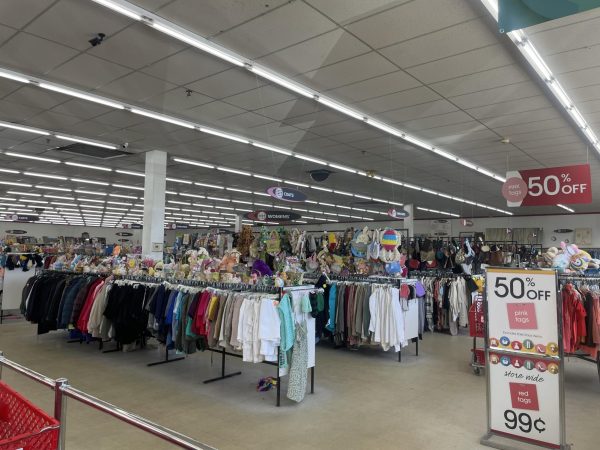
Lisa, an employee at the local thrift store Value World, explained the significance of thrifting to her.
“I think it’s a great way to get the most value out of clothes and a lot of customers find things they absolutely love from someone else’s unwanted things,” Lisa said.
If you’re worried about not being crafty enough to upcycle, do not fret—there are many easy tutorials online and in books. Sewing can be easy, and DIY guides make repurposing accessible to everyone.
Remodeling furniture and home décor is another way to demonstrate innovation. Upcycling in the home can be a simple way to improve your style or make a great gift, from using old dominos to make homemade coasters to utilizing reclaimed dresser shelves to make floating storage shelves.
Engineer Stephanie Lange is highly creative when it comes to home décor, and she thoroughly enjoys transforming furniture and decorations.
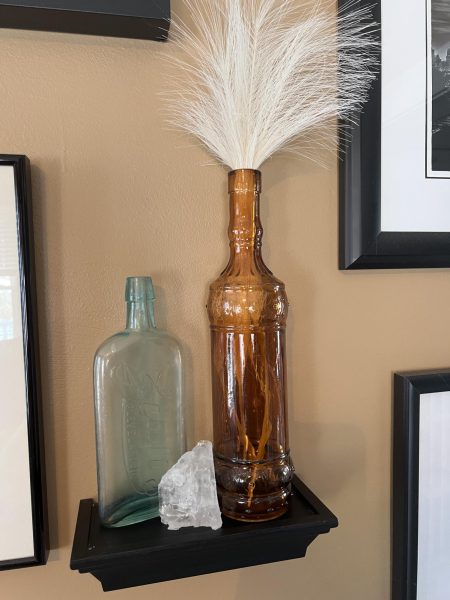
“Building shelves is much easier than people think; all it takes is a few hours of dedication and a YouTube video or plan,” Lange said. She has often gifted projects and receives positive reviews for her imagination and dedication.
Make it easy for yourself. If you find yourself not wearing old clothes or noticing unwanted items around your house, brainstorm the possibilities they offer. The potential in these objects is what makes renewing them so satisfying. All you need to begin is a willingness to experiment and create.
Reinventing items is an enjoyable activity and a great way to hang out with friends, try something new and innovative, and save money simultaneously. Creating projects keeps hands and minds busy and can be a funny bonding experience with friends, colleagues, or teammates.
Once you start upcycling, you will never look at unwanted things the same way again. There is inspiration everywhere—from second-hand stores to flea markets—just waiting for that second chance at life.
Upcycling provides a fun, budget-friendly, and sustainable way to reduce waste. It doesn’t require perfection, just a commitment to make an impact. Sparkly new clothes and furniture are just a nice added extra to the pride of breathing new life into old. As you upcycle, you’ll have one-of-a-kind customized items and a reduced impact on the planet to show for it—one small step at a time.

